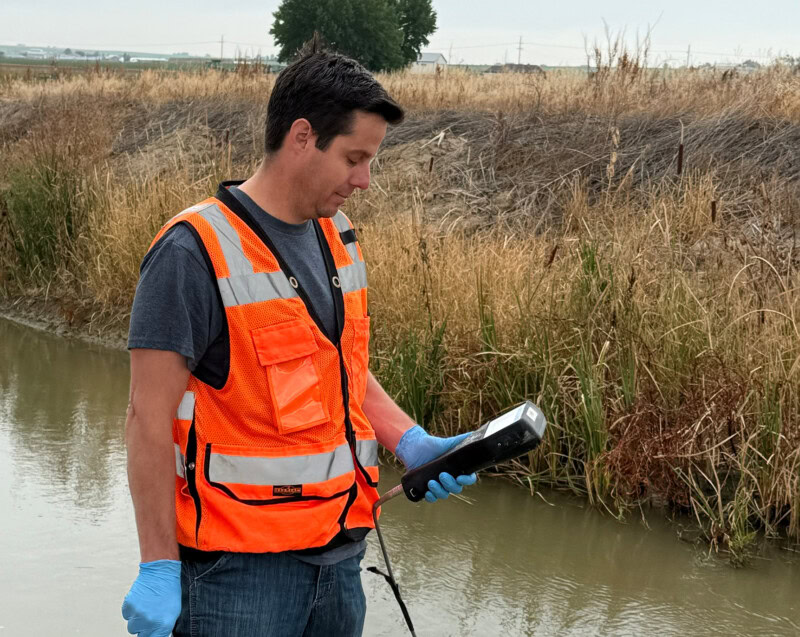How loud is too loud? According to the U.S. Centers for Disease Control and Prevention, 22 million American workers are exposed to potentially damaging noise at their jobs each year. As the Occupational Safety and Health Administration (OSHA) says, noise exposure is “one of the most pervasive occupational health problems” that, if not addressed, can cause detrimental health effects like permanent hearing loss. Cole Ledbetter, CIH, Industrial Hygiene Manager, explains how noise monitoring can help protect employees’ long-term health and safety below.
What is noise exposure monitoring?
All U.S. workplaces are required to maintain compliance with OSHA’s Occupational Noise Exposure Standard. With personal noise monitoring, measurements are taken from various individuals to obtain estimates for workers’ exposures. Area noise monitoring is used when employees are stationary and sound levels are relatively constant. This type of monitoring helps identify loud equipment, tasks, or areas so workplaces can install needed mitigation controls.
When should workplaces conduct this monitoring?
Unlike other standards, OSHA does not specify the needed frequency of noise monitoring. Workplaces should conduct this type of monitoring if employees are suspected to have an eight-hour time-weighted average sound level, or TWA, of 85 decibels or a dose of 50 percent. If exposures equal or exceed this limit, employers are required by OSHA to implement a hearing conservation program and noise control program. Once established, follow-up noise monitoring should be done if productions, processes, equipment, or controls change; employees are exposed beyond initial monitoring; or if hearing protection is found to be inadequate.
If needed, how can workplaces reduce noise levels?
Workplaces can use administrative and engineering controls or personal protective equipment (PPE) to minimize noise levels. Administrative controls may include installing signage, limiting time in loud areas, restricting the amount of people allowed in certain areas, or keeping workers further away from noise sources. As a general rule of thumb, every time a workplace doubles an employee’s distance from the source, their exposure is reduced by 6 A-weighted decibels, or dBA. Engineering controls include choosing quieter equipment; isolating loud areas or equipment; or implementing preventative maintenance, barriers, and control rooms. PPE may include ear plugs, ear muffs, or a combination of these.
Need information about CTEH’s noise monitoring services? Contact webquestion@cteh.com.




